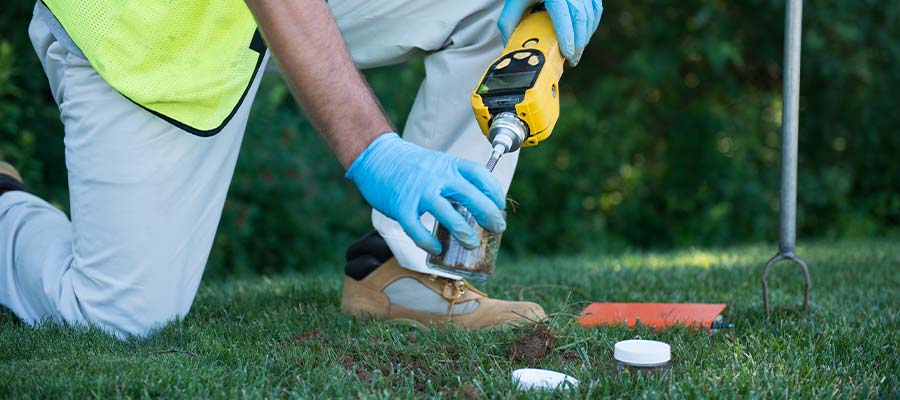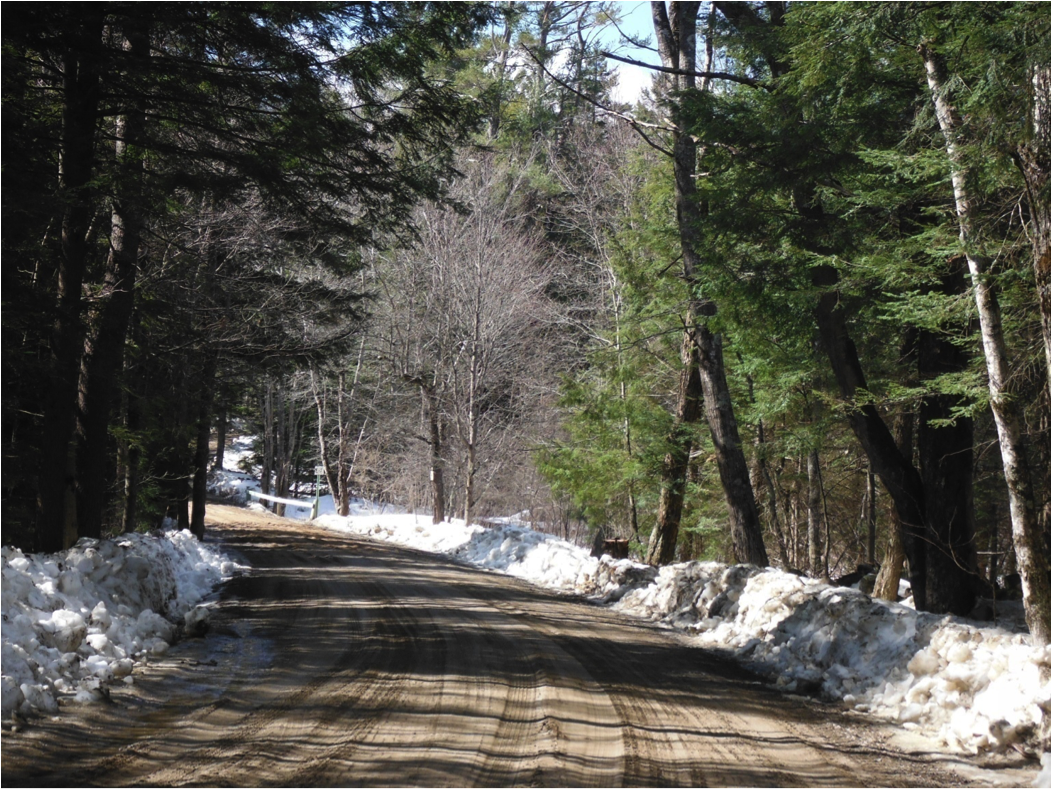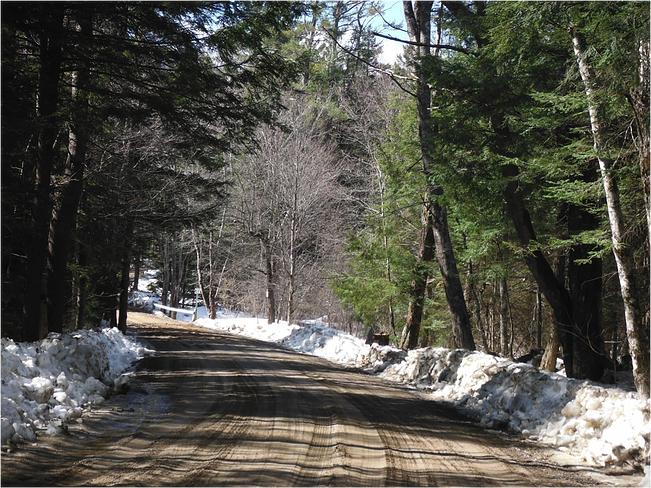team EJP Stormwater and Erosion Control Specialists discussed solutions and the perks of using Hydrotex Articulating Block and Tenax 3D Triplanar Geogrids at the 108th Purdue Road School Transportation Conference & Expo.
We've all had reclamation or revegetation projects that have had issues. The plants don't seem to grow well and the soil washes away again. Rainwater sits on the surface and won't soak in, causing a muddy mess or stuck vehicles. Whatever issues you've run into, did you know that you could avoid them through soil testing? Here's a quick look at the PS3 soil test and how it can help ensure that your next project goes smoothly.
Over the last 20 years’ technological advances in soil and erosion control have been developed at a break neck pace. What was once accomplished with one of two solutions, hay bales or rip rap, has now turned into a broad landscape of specialized products that are geared toward protecting and preserving the environment while being cost effective. One area that has seen major upgrades over the last few years are erosion control blankets and knowing which ones to use for what applications can be confusing. Below are some rules to help you decide which type will work best for your site needs.
New York's Adirondack Park protects 9,375 square miles of streams, forests and woodlands in the northeast corner of the state. In Hamilton County, a badly eroded embankment began depositing sediment on both an adjacent roadway and directly into Hamilton County's Elbow Creek a natural trout habitat.
Doing it right the first time has never been more important than it is now. Cost, regulation and conservation are all driving our industry to new technologies and processes. At Team EJP, we're all about making sure our customers have the resources they need to get the job done. Because of that dedication, we've created a comprehensive field guide to stormwater management. Here's a quick preview of what you can expect.
With the current focus on environmental stewardship and green construction, many companies and municipalities are looking at ways they can reduce stormwater runoff from their networks and facilities. One big area that is a concern with stormwater is paving. Because pavement covers a large area and prevents the rainwater from soaking into the ground, it causes some serious problems with storm sewers and erosion. But if ground is left unpaved, either as turf or as a gravel road or lot, it can quickly become damaged, rutted and muddy, causing more problems. Cellular confinement systems provide an excellent opportunity to combine storm water infiltration with a stable driving and parking system. Let's take a look in what situations cellular confinement systems work best:
Erosion is a serious problem in our country. Though there have been many attempts at controlling the problem, there's a lot of confusion and misinformation out there about which options will be effective in which situations. Using the wrong option or not using the right one correctly can render the erosion control option completely ineffective. Which solution is best for your situation? Here's what we've found over the years.
The definition of erosion, according to National Geographic, is “the act in which earth is worn away, often by water, wind, or ice.” This description is apt, but only begins to describe the many things that can cause the ground, road, or other surfaces to begin to wear away. Learning more about the causes of erosion and how it affects us is important as it will help you better understand the methods available for dealing with erosion as well as choosing which of those methods is best for your particular situation.
At first glance, roads would look to be very durable and hard to damage, after all they are made of pavement which would seem to be one of the most solid substances anywhere. Nevertheless, in reality, the smallest things can cause the biggest damage to the roadways—especially over time. Erosion is the act of soil, rock or other material washing away from one part of the ground and moving elsewhere. This is normally a geology term describing the movement of dirt or earth being washed away. However, erosion affects roadways too.
Erosion is something that affects us all. Through simple runoff that may wash away dirt, to serious landslides that can harm property or even take lives, erosion comes in many forms. While some erosion is 100% natural, such as the water erosion that caused the Grand Canyon to form, other erosion is caused due to things we do in our day-to-day lives.











 At first glance, roads would look to be very durable and hard to damage, after all they are made of pavement which would seem to be one of the most solid substances anywhere. Nevertheless, in reality, the smallest things can cause the biggest damage to the roadways—especially over time. Erosion is the act of soil, rock or other material washing away from one part of the ground and moving elsewhere. This is normally a geology term describing the movement of dirt or earth being washed away. However, erosion affects roadways too.
At first glance, roads would look to be very durable and hard to damage, after all they are made of pavement which would seem to be one of the most solid substances anywhere. Nevertheless, in reality, the smallest things can cause the biggest damage to the roadways—especially over time. Erosion is the act of soil, rock or other material washing away from one part of the ground and moving elsewhere. This is normally a geology term describing the movement of dirt or earth being washed away. However, erosion affects roadways too.








